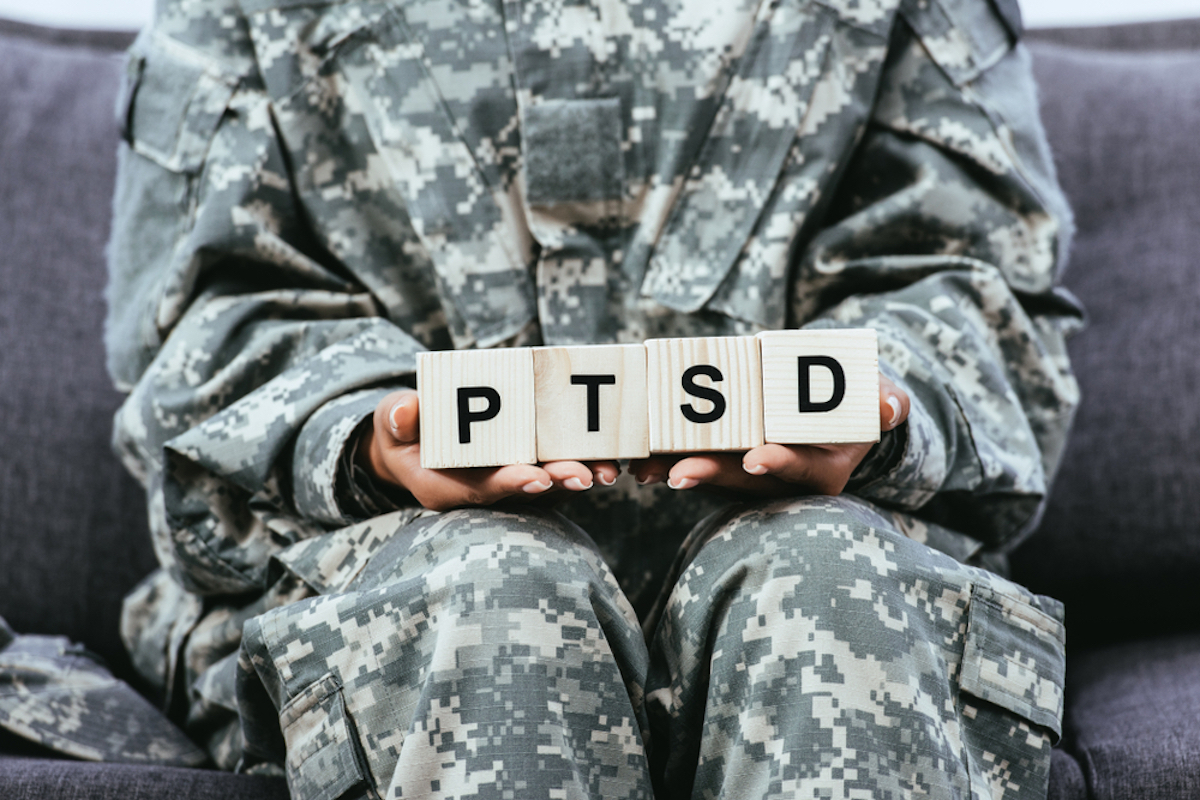PTSD: you’ve probably heard of it, or perhaps you suspect you suffer from it. Post-Traumatic Stress Disorder is a disorder that affects about 6% of our population at least once in their lifetime. Although most people link this disorder with deployed military personnel experiencing a traumatic situation, this can happen to everyone. The consequences of PTSD can end in disaster. Therefore, it is incredibly important to know what Post-Traumatic Stress Disorder entails and most importantly, how to recognize the disorder in yourself or your loved ones.

Causes & Triggers of PTSD
PTSD can result from experiencing a situation after which you experience trauma. Trauma is a shocking and dangerous moment you experience. This does not mean that you are always the victim in the case. Trauma can also occur when you witness a violent situation. This isn’t rare, about 6 out of 10 men and 5 out of 10 women experience at least one traumatizing situation in their life. Possible triggers that can cause it are:
- Military combat (deployment)
- Accidents, including fire
- Natural disasters like hurricanes & tornados
- Physical abuse
- Sexual assault or rape
- Sudden death
- Terrorist attack
Not everyone has to develop this mental health issue after experiencing trauma – about 10% of men and 20% of women experience trauma – develop PTSD. Several factors play a major role in whether a person develops PTSD. For example: getting injured during the event, lack of support after the event, it’s repeated or long-lasting trauma, personal history with anxiety and/or depression, or very intense trauma, like military combat or sexual abuse.
Therefore, it is extremely important to keep talking after a traumatic situation and in this way process the trauma. This does not mean that talking about trauma prevents PTSD. For as much as the medical community wants to know what exactly develops PTSD in victims of trauma, they still don’t know.

Types of Post-Traumatic Stress Disorder
Much research is still being done on PTSD, as we know very little about it. Experts believe it is a multidimensional mental health disorder consisting of multiple types. All of which need to be treated in different ways. These types are divided by how severe the symptoms are. The first type is called Normal Stress Response, which is what occurs before PTSD begins and with the right treatment doesn’t lead to PTSD. The second type is called Acute Stress Disorder.
This isn’t the same as PTSD, and usually occurs in people who suffered an event that feels life-threatening – like a natural disaster or the loss of someone (or thing) important. With timely intervention, neither does this type have to lead to PTSD. Other types are:
- Uncomplicated PTSD; a form that is easiest to treat and is linked to one major event.
- Complex PTSD; a form that is difficult to treat, as it is caused by multiple traumatizing events.
- Comorbid PTSD; a form that is an umbrella term for when someone is suffering from more than one mental health condition. Like depression and PTSD. Often is this coupled with substance abuse.
Symptoms of PTSD
All 4 types of Post-Traumatic Stress Disorder have overlapping symptoms, but also have symptoms specific to that type. The first 2 types include symptoms that are (very) mild, while in the other 3 types the experienced symptoms can be severe – and sometimes life-threatening. Possible symptoms are:
- Intrusive/unwanted memories
- Avoiding thing
- Negative mood changes
- Negative thinking
- Being on edge
Symptoms of unwanted memories are, among others, constantly reliving the trauma via flashbacks or memories, upsetting dreams or nightmares, or experiencing emotional distress or physical reactions to things that remind you of the trauma. Think of a smell or sound.
Treatment Options of PTSD
Unfortunately, there is no test or scan to prove if someone is suffering from PTSD. In case you experienced a traumatic event and are having PTSD symptoms, it’s important to talk about what you’re feeling and experiencing. This can be done with someone you feel comfortable with, but it’s actually very important to talk to a professional healthcare provider. They hear your story and then will set up the right treatment plan. Often this is a combination of medication and therapy.
Do you recognize yourself or a loved one with the abovementioned information? Make sure to talk with your professional healthcare provider. Getting the right diagnosis is extremely important because that’s the only way to get proper help and relief from the symptoms. Also, make sure you are adequately informed, so you know what to expect. We want to help you with your search to make life a little easier.
If you are thinking about suicide, it is important to seek help immediately. This can involve reaching out to a friend or family member, contacting a crisis hotline, or going to the emergency room. You can also talk to your healthcare provider or a mental health professional about your feelings and get connected with support and resources to help manage your mental health. Remember, there is always help available, and you are not alone in your struggles. It takes courage to reach out for help, but doing so can make a significant difference in your wellbeing and the quality of your life.

